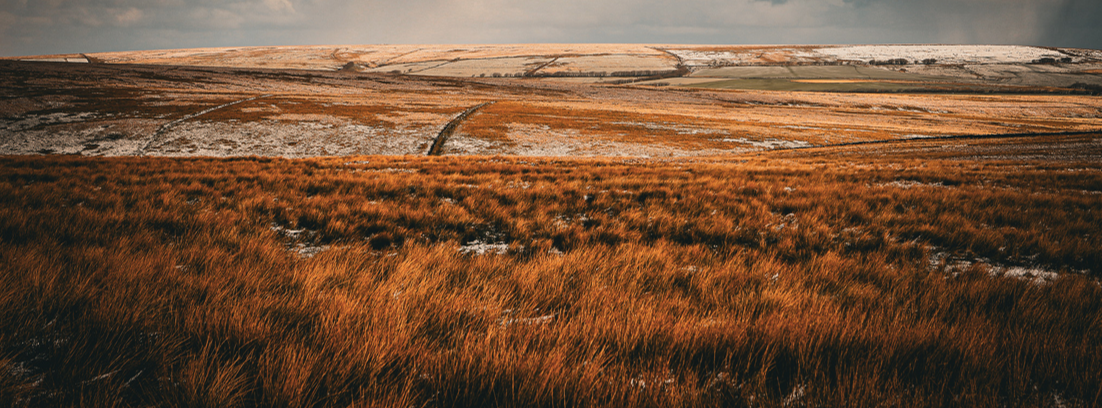Our Campaigning
We campaign to protect and conserve the National Park – to influence government policy and inform national opinion.
We encourage engagement and drive evidence-based solutions to Exmoor’s challenges through research, publications, and our Spring Conference.
Our campaigns reach a broad audience via our events and also our presence on social media. Collaborating with national organisations like Campaign for National Parks (CNP) and the Campaign to Protect Rural England (CPRE), we work closely with Exmoor National Park Authority to safeguard Exmoor’s landscape – its built environment, moorland, woodlands, farmland, and stunning 34-mile coastline.
Rivers and Coast

This year the Society is focusing on the Waters of Exmoor – our rivers and coast. This is the theme of our 2025 spring conference which we are holding with the Exmoor National Park Authority in Winsford on Friday 9th May. It is also underpinning many of our other activities, including our campaign to control the use of toxic spot on flea and tick treatments. Our campaign against these has included letters to ministers and work with our local MP. Keep an eye on our e-newsletter, The Bolve, and our social media and website for updates.
Moorlands

Moorlands are at the core of the National Park and occupy a central position, covering around 18,332 ha or just over a quarter of the total designated area. There is a long history of human management as illustrated by the number of Neolithic standing stones, barrows, and Iron Age hill forts. The last 200 years has seen a loss of moorland, particularly the heather moors, despite being highly prized for its beauty, wildness, tranquility and diversity of wildlife and making an economic contribution with livestock grazing, field sports, tourism and water and carbon storage.
The Exmoor Society has been closely involved in the debate on moorland loss, originating in 1958 as a result of threats of afforestation to The Chains, a remote part of central Exmoor. We published an influential pamphlet ‘Can Exmoor Survive?” in 1966 and contributed to Lord Porchester’s report that led to the introduction of management agreements. In 2004, to celebrate Exmoor National Park’s 50th anniversary, we commissioned the seminal report ‘Moorlands at a Crossroads’ and followed this up with an update in 2016. There are many demands on how moorland should be used, ranging from calls for re-wilding, increasing biodiversity, encouraging different recreational activities and food production and much debate over land management including swaling (burning), the amount and timing of livestock grazing, etc. The Society continues to actively contribute to these debates through our work in partnership with the ENPA.
Woodlands

There are 9,376 ha of woodland on Exmoor representing about 13.5 per cent of the area. Upland oak is the most widespread type of broadleaf woodland. It exists in shallow, nutrient-poor soils where the climate is cool and wet. Sessile oaks and birch are dominant with hazel in some areas. Stream sides contain ash; wood sorrel, bilberry and cow wheat are common frond flora plus mosses, ferns and lichens. Most of the woodlands have been managed intensively over the last 1,000 years.
A report commissioned in 2012 by The Exmoor Society, Exmoor National Park and others, ‘Unlocking Exmoor’s Woodland Potential’, argued that woodlands were good for people, for nature and for the economy and made 18 recommendations. A Woodland Advisory Group has been set up to take these forward. We are also consulted on woodland planting proposals that come before the National Park and consult and comment to encourage good and sustainable design that does not take agricultural land out of production.
Farming and Farmland

Farmed for thousands of years Exmoor’s hills are studded with the farms that create the landscape’s characteristic mosaic of small fields and hedgerows. As the EU Basic Payments end, the relationship between agriculture and the environment will inevitably alter and the Exmoor Society is at the heart of the debate as to what direction it will take in the National Park. The government’s 25-year plan set some broad parameters that link future farming subsidy to the quality of the environment and our 2018 report, Towards a Register of Exmoor’s Natural Capital, has gone some of the way towards showing how this quality can be valued and then measured by environmental economists. The report shows how Natural Capital – the things nature gives us for free such as soil, water, wildlife, beauty and heritage – can be identified, protected and enhanced.
The Society worked alongside the Exmoor Hill Farming Network, Exmoor National Park Authority and other groups to produce Exmoor’s Ambition, a template for the structure of future farming subsidies. It suggests that farmers should be offered financial incentives to produce “public goods” – to protect and develop the Natural and also Cultural Capital that have shaped the landscape.
In 2024 we worked with the Exmoor Hill Farming Network to produce the book and exhibition Exmoor Farms: A Year on the Moor to improve understanding of upland farming. We also contributed to media coverage of the impact of changes to farming inheritance tax.
We campaign for the restoration of species rich grassland on Exmoor and for the past few years have celebrated National Meadows Day on the first weekend in July to promote meadow creation. Details of our meadows events can be found on this website.
Other Campaigns

Exmoor’s natural beauty, cultural heritage, and recreational opportunities attracts over 2 million visitors a year. Tourism, the area’s largest industry, generates £105 million annually and supports over 2,000 full-time jobs. The Exmoor Society works with its partners to improve access and recreation, to enable as much enjoyment of the National Park as is compatible with conserving the qualities that make it so precious. Our expert guided walks increase understanding of Exmoor’s environment and are one way we do this, but we also campaign to conserve the Exmoor landscape through our work on planning. Over the last couple of years, in addition to commenting on some individual applications, we have concentrated on minimising the landscape impact of telecommunications masts by asking network providers to position them in the least damaging locations for the best possible service.
Past Campaigns

We have supported joint projects and campaigns ranging from establishing an ‘Exmoor Curriculum’ for schools; to setting up a ‘Celebration Woodland’ at Wimbleball; the project to conserve and interpret the West Somerset Mineral Line; and chairing the Moorland Landscape Partnership for Heritage Lottery Funding.
Images: Leanna Coles / Stewart Wallis / Deborah Tucker / Gill Whitehead / Alexander Schimmeck / Deborah Stanyon / Laura Yiend

